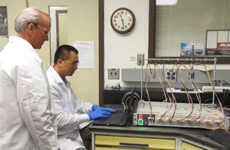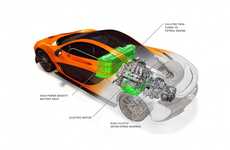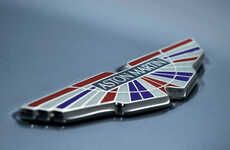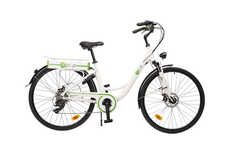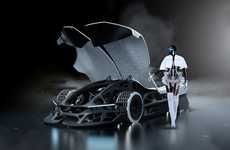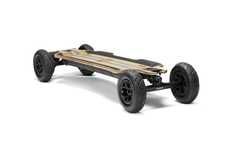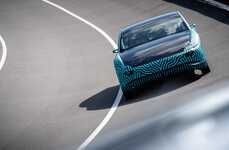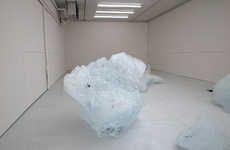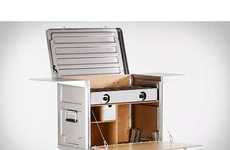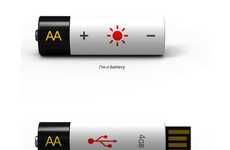
British Scientists Prototype Carbon Fiber Supercapacitors
Katie Cordrey — August 29, 2010 — Eco
References: justgetthere.us & ev
A team of British scientists led by Dr. Emile Greenhalgh of Imperial College London’s Department of Aeronautics have created carbon fiber supercapacitors that could take the place of batteries in electric cars and other applications.
The carbon fiber supercapacitors are made of a glass fiber layer sandwiched between two layers of carbon fibers. The sandwich is covered in electricity-conducting resin that can be charged like a battery. Because the material can be formed, it might be used as part of a car's body with no need for a separate battery.
The carbon fiber supercapacitors are made of a glass fiber layer sandwiched between two layers of carbon fibers. The sandwich is covered in electricity-conducting resin that can be charged like a battery. Because the material can be formed, it might be used as part of a car's body with no need for a separate battery.
Trend Themes
1. Carbon Fiber Supercapacitors - Carbon fiber supercapacitors have the potential to replace traditional batteries in various applications.
2. Integration of Energy Storage in Car Bodies - The ability to utilize car bodies as an energy storage solution presents a disruptive innovation opportunity for the automotive industry.
3. Electric Vehicle Technology Advancements - The advancement of carbon fiber supercapacitors represents a significant advancement in the development of electric vehicle technology.
Industry Implications
1. Automotive - The automotive industry has the potential to disruptively innovate by integrating car bodies as a source of energy storage in electric cars.
2. Renewable Energy - Carbon fiber supercapacitors also present an opportunity for the renewable energy industry to develop more efficient energy storage solutions.
3. Aerospace - The use of carbon fiber supercapacitors in aerospace could lead to significant advancements in the development of efficient energy storage solutions for space exploration.
1.4
Score
Popularity
Activity
Freshness


